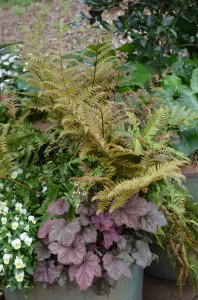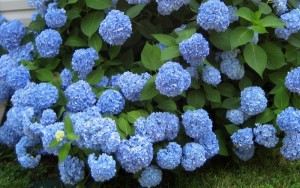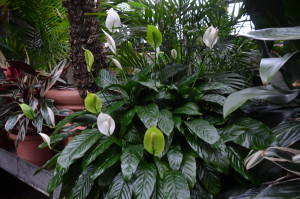On garden center shelves in the spring are slow-release fertilizers. Trade names include Scotts®, Osmocote®, Fertilome®, Hi-Yield®, and Vigoro®. Many are formulated for lawn use. Cost for these products are more than traditional granular fertilizers but prices have dropped over the years and they are better to use environmentally.
How do you compare and choose slow-release fertilizers? First, find the product in the proper ratio based either on your soil test analysis or crop needs. A 1-1-1 ratio fertilizer (10-10-10 or 19-19-19) is standard for flower and vegetable gardens. If phosphorus levels are high or very high, look for a no- or low- phosphorus fertilizer such as a 20-1-20 or 4-1-4 ratio.
For landscape trees and shrubs, a ratio of 3-1-2 or 3-1-1 is more appropriate than a 1-1-1. Turf fertilizers such as 18-6-12 or 24-8-16 are examples of 3-1-2 ratios which can be used for trees and shrubs as well. Fertilizer for bulb crops (tulips, lilies, gladiolas, etc.) should be high in phosphorus.
The benefits of a slow-release fertilizer is they slowly supply a steady supply of nitrogen to plants all season long at a time when they can use the nutrients. Nitrogen is absorbed by the plant and not lost by leaching. Slow release fertilizer is rated more environmentally-friendly. They are heat sensitive. Less nitrogen is released when the soil is cold in early spring, and more goes to plants when they’re actively growing in summer.
Natural organic fertilizers are a separate class of slow release products. Milorganite™ (5-2-0) is a safe organic fertilizer manufactured from municipal waste. Blood meal (12-0-0), rock phosphate, muriate of potash, and cotton seed meal (6-2-1) are other examples.




















